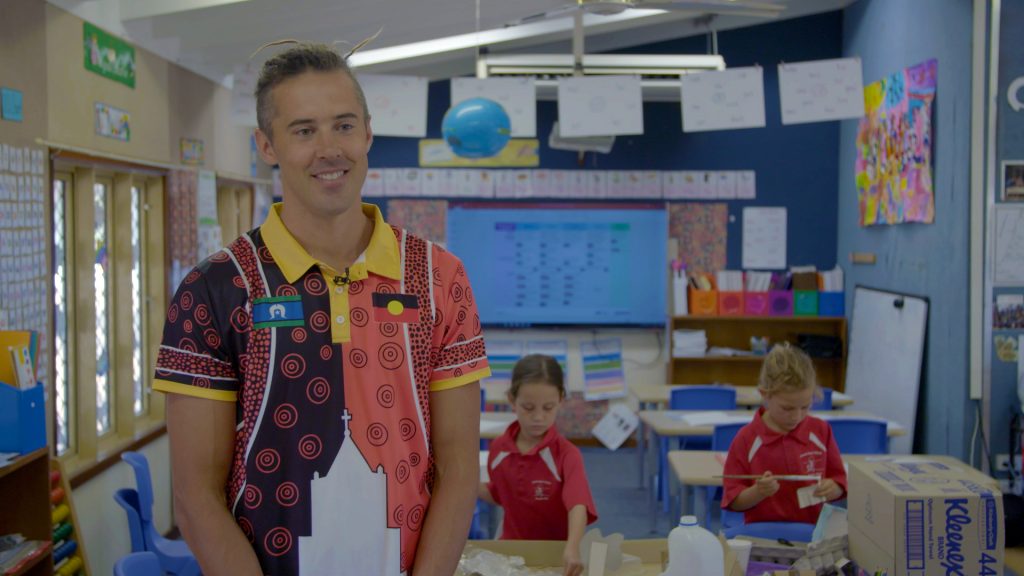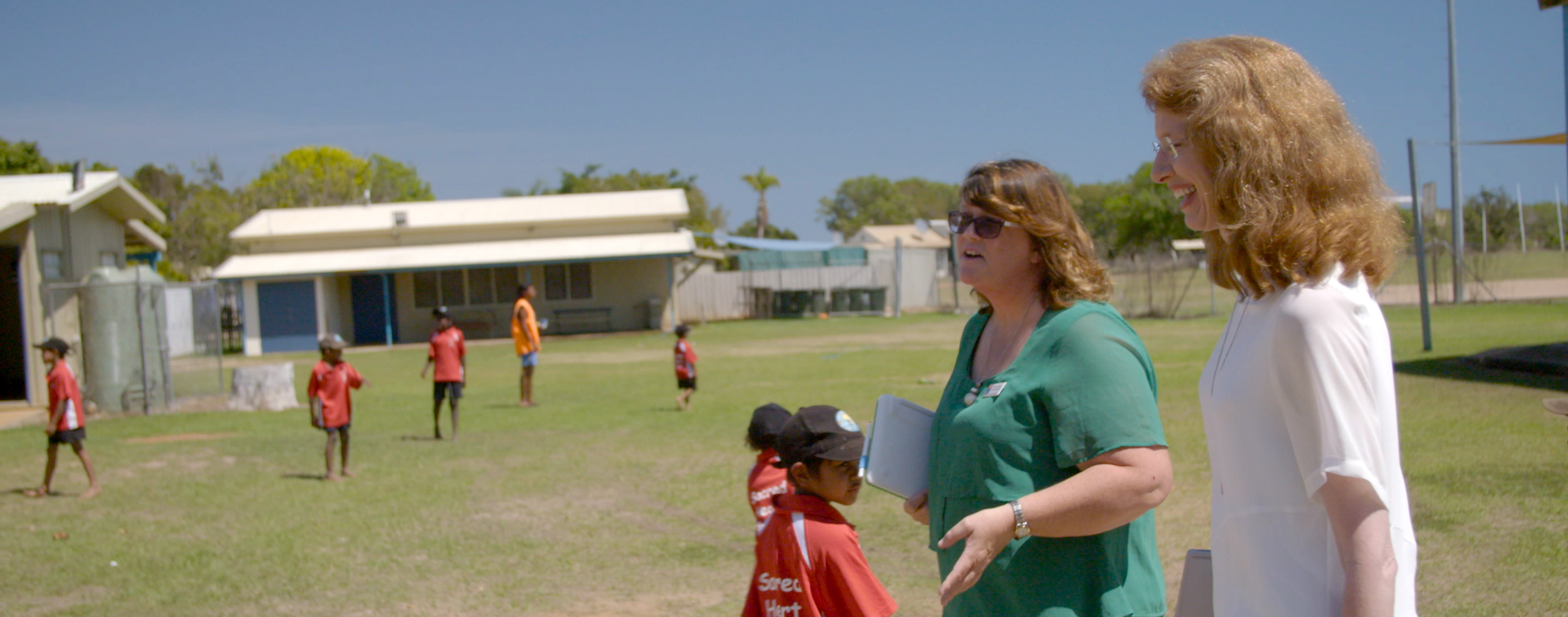
Education
Cloud technologies transform teaching, spur self-directed learning and boost impact for Catholic Education Western Australia
Most of us hold a special place in our hearts for the teacher that prompted a love of reading or sparked that lightbulb moment in physics.
Technology is shifting the dial on education and learning – but it inevitably augments rather than replaces the teacher.
Catholic Education Western Australia (CEWA) is deploying a new teaching and learning platform based on Microsoft cloud that will support and augment teachers in their day to day classroom tasks, and also allow them to collaborate, engage in meaningful professional development initiatives and share best-practice and pedagogy with their peers in the 163 CEWA schools around the State.
The LEADing Lights platform deploys a broad array of Microsoft cloud based technologies including Teams which is the collaborative glue allowing teachers to find colleagues who can help them with insights and information, and also a communications and collaboration hub.
This collaboration helps build skills, competence and excellence in every school, allowing teachers to take more control over their own professional development.
CEWA’s head of digital transformation learning, Dr Cathy Cavanaugh, says that one of the key intents of LEADing Lights is to help CEWA become “better stewards of the resources, where better means measureable outcomes, and being more innovative and flexible.”
The LEADing Lights platform is driving cultural change across the state as teachers are provided the digital foundations that allow them to be more collaborative.
“Professional education has been a little slower to recognise than other industrial areas the value that collaboration and sharing bring. But that was one of the goals of CEWA – to bring people together to collaborate and first teachers and then students.”
Using Microsoft cloud services such as Yammer and Stream, reveals the extent to which collaboration is happening, also analytics associated with the Claned learning platform also being delivered via Azure will allow CEWA to perform social analysis to reveal the extent and impact of enhanced collaboration both within and across school boundaries.
As Dr Cavanaugh explains, “that should enable better outcomes in learning and professional development.”
Underpinning this success is a rich array of cloud based tools and services that support teachers with their daily tasks.
From the moment teachers walk into the classroom the technology streamlines their tasks. For example, this means using a tablet to access to roll call portal and record which students are in the class. In the background, any patterns of lateness or absenteeism can be instantly identified and brought to the attention of the pastoral care team.
That same portal allows teachers to make notes about individual students securely through the online portal ensuring nothing is forgotten or overlooked when the class concludes.
With lessons created in Class Notebook, all students have access to the content and a space to collaborate and contribute. Teachers also have the full array of functions included in Office 365 for their own and student use.
Meanwhile teacher access to Teams provides the opportunity for teachers to ask their peers for support or to share ideas and inspiring content that allows a community of best practice to develop and thrive.
Teams also provides a flexible collaboration and communication platform where teachers can interact with different cohorts of students. Teams, for example, provides a space to share knowledge with year 8 science students, and a separate one for final year chemistry students.
In addition, a group of 130 “champion teachers” are now using OneNote to store and share their ideas – sharing best practice about innovative and effective teaching methods and content.
Using the platform to allow teachers to take charge of their professional development and build local capacity in schools, but also encouraged teachers to rethink their craft.
– Dr Cathy Cavanaugh
Access to leading edge technology can help restore teaching time to teachers as administrative tasks are streamlined, and allow them to apply fresh teaching philosophies and approaches because of ubiquitous and equitable access to smarter tools and richer content.
Instead of CEWA imposing professional development frameworks on teachers, there is now much greater opportunity for teachers to take charge of their own professional development informed by the analytics emerging from the LEADing Light platform. This also helps bridge the gap which can form between professional development theory and practice.
As Dr Cavanaugh notes; “One of the challenges of professional learning is that teachers go through workshops and events, they get lots of ideas and go back into their classrooms and they may or may not implement those ideas.
“How do we know if the ideas shared are ideas that are useful and have impact in student learning; up until now that has been very difficult to ascertain. But using this platform we have access to just in time data to understand what happening in the classroom from learnings as teachers envelope themselves in programmes across the system.”
The technology platform and insights that emerge also enriches teacher-student interaction. According to Dr Cavanaugh; “This makes teachers more important than ever before.
“A lot of the notifications and intelligence we are talking about accelerate and expand the capabilities of teachers to have higher level conversations with students. A lot of learning takes place with their peers and a great deal occurs with teachers. The platform helps us better understand those learning journeys and trajectories so teachers, leaders and families can be more proactive more supportive and engage students in the motivation and the higher level skills we know are so important in life today.
“Besides gaining important factual knowledge, they can focus on problem solving, critical thinking, collaboration, project based learning and really work with each other on the more complex end of learning.”
For teachers and students, it’s a real lightbulb opportunity.















